#Coral reefs
Explore tagged Tumblr posts
Text
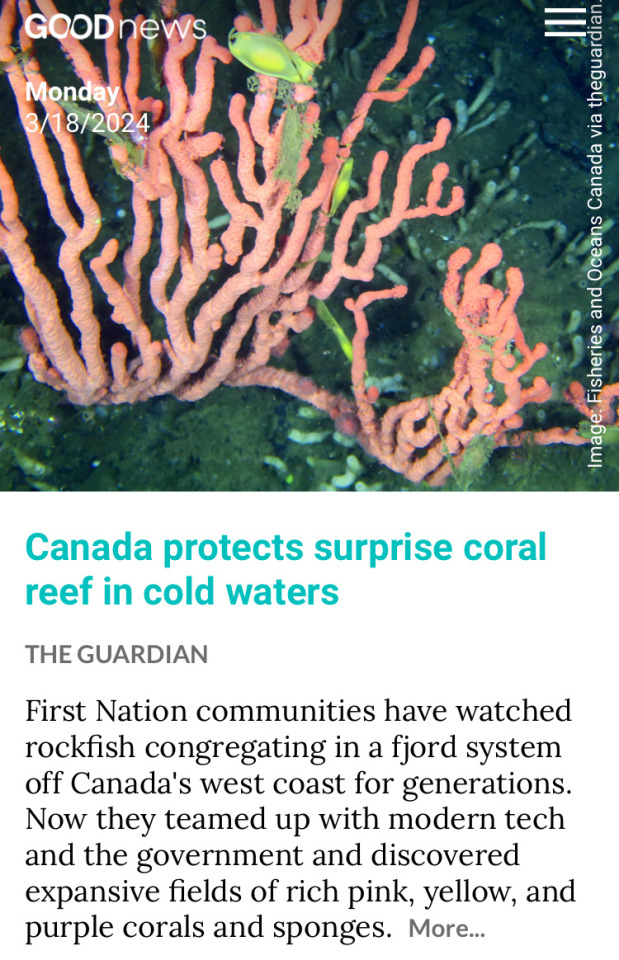
#good news#environmentalism#science#first nations#canada#coral reef#coral reefs#environment#nature#animals#conservation
3K notes
·
View notes
Text
Scuba Diving, Maldives: With clear blue water, white sand beaches, and great visibility, scuba diving in the Maldives is an unforgettable experience in an idyllic paradise. During a diving trip to the Maldives, you may see manta rays, whale sharks, reef sharks, soft & hard corals and much more. The archipelago is also known for its great assortment of dive resorts. .. The Maldives, officially the Republic of Maldives, and historically known as the Maldive Islands, is a country and archipelagic state in South Asia in the Indian Ocean. Wikipedia
#Scuba Diving#Maldives#archipelagic state#coral reefs#South Asia#Indian Ocean#chain of 26 atolls#Asia
476 notes
·
View notes
Text
Coral reefs worldwide are in trouble. These ecosystems support a billion people and more than a quarter of marine species. Still, many have been damaged by unsustainable fishing and tourism, coastal construction, nutrient runoff, and climate change. Now, researchers have shown that broadcasting the sounds of healthy reefs is a way to encourage larval corals to repopulate degraded sites and help revitalize them.
Continue Reading.
446 notes
·
View notes
Text

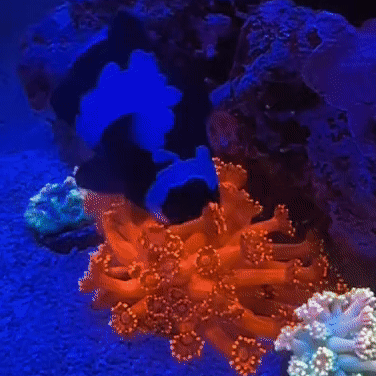


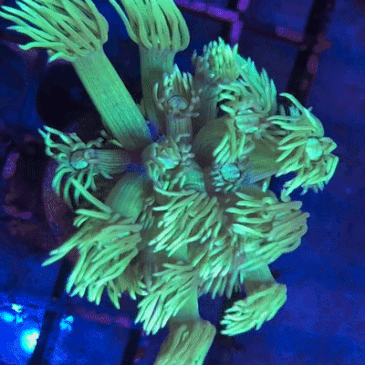




🌈🪸 ~ Ode to Goniopora Coral ~ 🪸🌈
❤️..🧡..💛||💚..💚..🩵||💙..💜..🩷
#stimboard#rainbow#neon#blacklight#black light#coral#coral reef#fish#oceancore#goniopora#rainbow stimboard#rainbow stim#neon stim#neoncore#stim#ocean#ocean stim#rainbowcore#coral reefs#marine animals#marine life#sea creatures#seacore#teal stim#coral stim#ocean coral#coral sea#corals#cool stuff#aliencore
1K notes
·
View notes
Text
Ok, y’all. I just want it to be understood how important the National Oceanic and Atmospheric Administration (NOAA) is.
Tampering with NOAA would have more impacts than just the main one I've heard - privatization of weather tracking. Of course it would be catastrophic. That means their weather forecasts, guidance, and warnings would not be available for free. Weather is going to go subscription based if this happens, I bet. This undoubtedly would cause the most immediate impact on our daily lives.
Before long, however, more will come.
NOAA also administers the Coastal Zone Management Act. Under this act are the National Estuarine Research Reserves (NERRs), National Coastal Management Program (CZM), and the Coastal and Estuarine Land Conservation Program (CELCP).
There are 30 reserves established totalling 1.3 million acres. More are on the way.
No, this isn’t just our oceans! This impacts our freshwater coasts of the Great Lakes.
Grants and funding for institutions, including the University of Michigan. They manage the Science Collaborative, which funds research and exchanges to address coastal management needs of all 30 reserves or projects in collaboration with them.
Blending new technologies with indigenous knowledge with regards to management of wetlands and estuaries, strengthen food and economic stability, water quality, coral reefs, and resilience against climate change (ie. Ola i ka Loʻi Wai, Hawai’i)
Restore ownership of indigenous ancestral lands (ie. Conservation of Cape Foulweather Headland, Oregon)
Identify for underwater archaeological sites for research and surveys, create a draft tribal climate action plan (ie. Penobscot Nation’s involvement in the Northeast Regional Ocean Council, Maine)
Work with each participating state (regarding the CZM, as it’s voluntary to participate) to address challenges along their coastlines. Maybe reach out to your representatives to see why they’re not involved - looking at you, Alaska!
Population enhancement of coral reefs, manage the Coral Reef Information System, minimize negative impacts of fishing on reefs, mitigate impacts of land-based pollution on coral reefs (Coral Reef Conservation Program)
And much, much more. I’ll note that the aspects of the projects I highlighted above aren’t all they do. These are just a few I want to highlight here. Links can lead you further and I encourage you to take a few minutes to explore.
Another important note: both our oceans and freshwater lakes impact our biggest trade partners!! If dismantled, it would be yet another way that our foolish president will negatively impact our economy and relationships with our most crucial neighbors of Canada and Mexico. NOAA’s efforts also help support one third of the US's commerce. One third.
Here is a map which breaks down the 1.3 BILLION in awards from the Bipartisan Infrastructure Law and Inflation Reduction Act. This includes goals towards economic development, flood, etc…
Oh and they also help with oil spills. No one likes those.
And space weather, geomagnetic storms/solar flares ie. impacts to GPS, power grids.
I really stress people to look at what the agency does overall, as well as what they do in your state. It’s more than just weather. You can find that information here.
Just please understand what we will lose if NOAA is gutted, or even just incapacitated for a long time. We already have little time to lose to slow the impacts of climate change and these are just some of the ways they're leading the charge with that.
It’s vital for us to understand what we will fundamentally lose, and it doesn't end at weather/hurricane predictions.
On a personal note, my dad has put what I can only estimate as hundreds of hours of work into one that was begun before the pandemic. If you can, I’d appreciate it if you’re in that area that you participate when you can, or if anything, donate to the UW Green Bay’s NERR General Fund. He’s also involved with portions of the Lake Superior NERR, so your time, if possible, or a donation if you can, would mean a lot to us.
#noaa#national oceanic and atmospheric administration#nerr#nationa estuarine research reserve#climate change#musk wank.#trump wank.#us government wank.#(ignore those last few tags they're for my own use)#coastal zone management act#national coastal management program#coastal and estuarine land conservation program#hawai'i#hawaii#maine#oregon#alaska#coral reefs
177 notes
·
View notes
Text





Blue Planet II (2017) Episode 03 “Coral Reefs” Produced by Jonathan Smith
#blueplanet2edit#documentaryedit#natureedit#gifs#blue planet 2#blue planet II#coral reefs#jonathan smith#my gifs#blue planet 2*#tv show
127 notes
·
View notes
Text
"The world's coral reefs are close to 25 percent larger than we thought. By using satellite images, machine learning and on-ground knowledge from a global network of people living and working on coral reefs, we found an extra 64,000 square kilometers (24,700 square miles) of coral reefs – an area the size of Ireland.
That brings the total size of the planet's shallow reefs (meaning 0-20 meters deep) to 348,000 square kilometers – the size of Germany. This figure represents whole coral reef ecosystems, ranging from sandy-bottomed lagoons with a little coral, to coral rubble flats, to living walls of coral.
Within this 348,000 km² of coral is 80,000 km² where there's a hard bottom – rocks rather than sand. These areas are likely to be home to significant amounts of coral – the places snorkelers and scuba divers most like to visit.
You might wonder why we're finding this out now. Didn't we already know where the world's reefs are?
Previously, we've had to pull data from many different sources, which made it harder to pin down the extent of coral reefs with certainty. But now we have high resolution satellite data covering the entire world – and are able to see reefs as deep as 30 meters down.
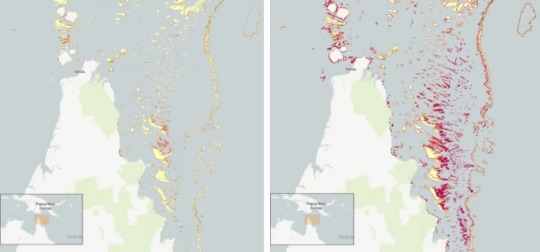
Pictured: Geomorphic mapping (left) compared to new reef extent (red shading, right image) in the northern Great Barrier Reef.
[AKA: All the stuff in red on that map is coral reef we did not realize existed!! Coral reefs cover so much more territory than we thought! And that's just one example. (From northern Queensland)]
We coupled this with direct observations and records of coral reefs from over 400 individuals and organizations in countries with coral reefs from all regions, such as the Maldives, Cuba, and Australia.
To produce the maps, we used machine learning techniques to chew through 100 trillion pixels from the Sentinel-2 and Planet Dove CubeSat satellites to make accurate predictions about where coral is – and is not. The team worked with almost 500 researchers and collaborators to make the maps.
The result: the world's first comprehensive map of coral reefs extent, and their composition, produced through the Allen Coral Atlas. [You can see the interactive maps yourself at the link!]
The maps are already proving their worth. Reef management agencies around the world are using them to plan and assess conservation work and threats to reefs."
-via ScienceDirect, February 15, 2024
#oceanography#marine biology#marine life#marine science#coral#coral reefs#environment#geography#maps#interactive maps#ai#ai positive#machine learning#conservation news#coral reef#conservation#tidalpunk#good news#hope#full disclosure this is the same topic I published a few days ago#but with a different article/much better headline that makes it clear that this is “throughout the world there are more reefs”#rather than “we just found an absolutely massive reef”#also included one of the maps this time around#bc this is a really big deal and huge sign of hope actually!!!#we were massively underestimating how many coral reefs the world has left!#and now that we know where they are we can do a much better job of protecting them
447 notes
·
View notes
Text
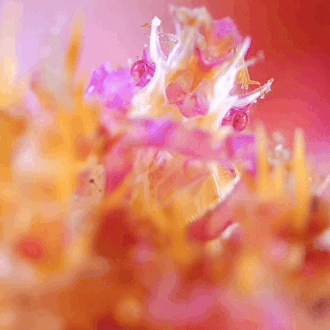
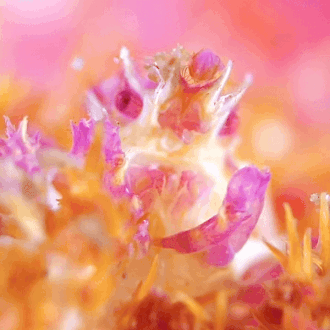
the candy crab (hoplophrys oatesi) | jacobguy.media on ig
#stim#crabs#crustaceans#sea creatures#sfw#pink#orange#magenta#white#candy crab#decapods#arthropods#hoplophrys oatesi#animals#underwater#coral reefs#ishy gifs#postish
514 notes
·
View notes
Text

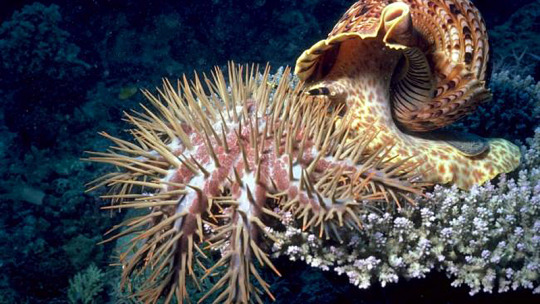









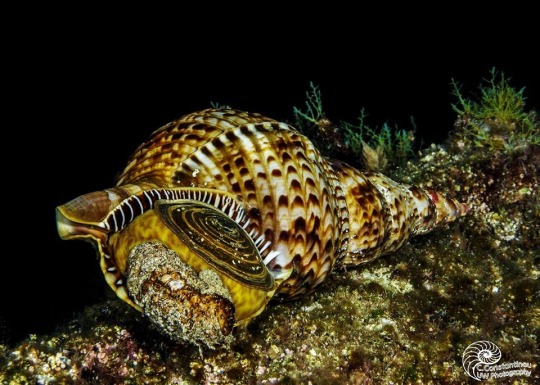

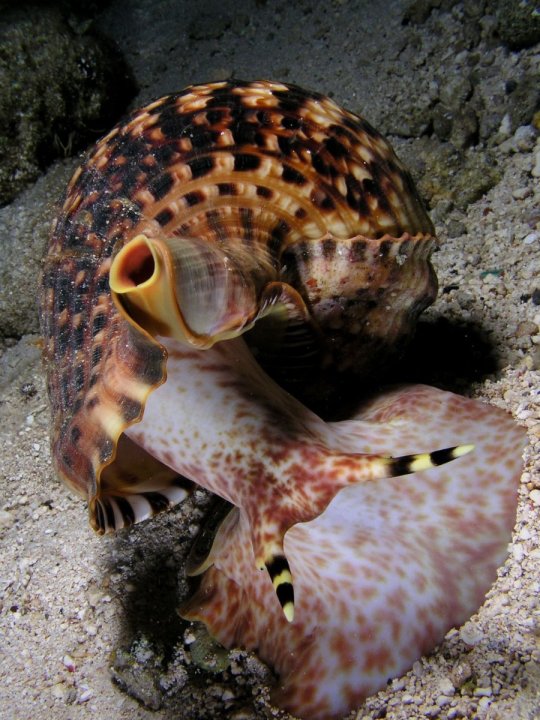


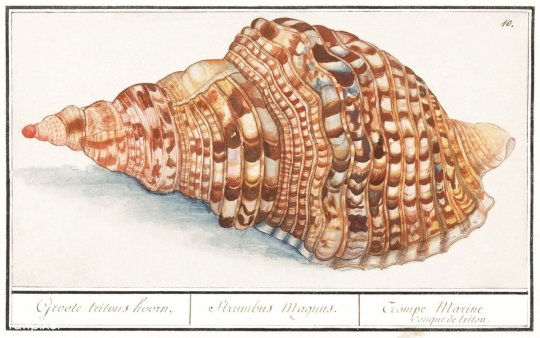
Рог тритона , или харония тритон , или ��ритонов рог— брюхоногий моллюск из рода Charonia . В древнегреческой мифологии существует легенда, что Зевс наградил Пана рогом Тритона, который издавал громкие звуки, служа сигнальной трубой.
Раковина Тритониса одна из самых больших ракушек в мире - ее длина до 45 см. Имеет башневидную форму, с крупным последним оборотом и стройной заострённой вершиной. Общая окраска раковины харонии— бежевая, с множеством С-образных пятен и линий коричневого цвета. Спиральные бороздки оранжевые, зародышевая раковина фиолетовая. Окраска ноги моллюска ярко-жёлтая с широкими поперечными черными полосами.
Тритонов рог обитает на глубине 5—30 м. Населяет коралловые рифы и мелководья. Этот брюхоногий моллюск хищник. Питается в основном морской звездой «терновый венец», морскими ежами, гребешками. Слюнные железы моллюска вырабатывают секрет, содержащий 3—4 % свободной серной кислоты, а также аспарагиновую кислоту, приводящую иглокожих в состояние оцепенения.
Распространена харония тритон в Тропическом Индо-Тихоокеанском районе - от Филиппинских островов до Окинавы. На островах Океании раковины этого моллюска применяли в качестве музыкального инструмента — трубы. Островитяне высверливали отверстие в верхних оборотах завитка, что позволяло получать звуки различных тональностей и исполнять мелодии.
Triton's horn, or Charonia triton, or Triton's horn is a gastropod mollusk of the genus Charonia. In ancient Greek mythology, there is a legend that Zeus awarded Pan with Triton's horn, which made loud sounds, serving as a signal trumpet.
Triton's shell is one of the largest shells in the world - its length is up to 45 cm. It has a tower-shaped shape, with a large last whorl and a slender pointed apex. The general color of the Charonia shell is beige, with many C-shaped spots and lines of brown color. Spiral grooves are orange, the embryonic shell is purple. The color of the mollusk's foot is bright yellow with wide transverse black stripes.
Triton's horn lives at a depth of 5-30 m. It inhabits coral reefs and shallow waters. This gastropod is a predator. It feeds mainly on the crown-of-thorns starfish, sea urchins, and scallops. The salivary glands of the mollusk produce a secretion containing 3-4% free sulfuric acid, as well as aspartic acid, which causes echinoderms to become stupefied.
The triton charonia is widespread in the tropical Indo-Pacific region - from the Philippines to Okinawa. On the islands of Oceania, the shells of this mollusk were used as a musical instrument - a pipe. The islanders drilled a hole in the upper turns of the curl, which allowed them to produce sounds of various tonalities and perform melodies.
Источник: //www.youtube.com/watch?v=lV1D_QmbehA&ab_ channel =JamesKregness, //dzen.ru/a/X5nMW5A3CFgh7EpC, /animals.pibig.info/37363-haronija-triton.html,//i-prize.ru /products / charonia-tritonis,/seaforum.aqualogo.ru/topic/54178-улитка-рог-тритона-charonia-tritonis/,http://www.underwaterkwaj.com /shell/ triton/Charonia-tritonis.htm.
#fauna#video#animal video#marine life#marine biology#nature#aquatic animals#sea creatures#gastropod mollusk#Charonia triton#Triton's shell#starfish#ocean#benthic#coral reefs#seaweed#beautiful#animal photography#nature aesthetic#видео#фауна#природнаякрасота#природа#океан#бентосные#брюхоногий моллюск#харония тритон#коралловый риф#водоросли#морская звезда
193 notes
·
View notes
Text
I invite you to immerse yourself and just enjoy the tranquility and the view under the sea
#beautiful places#naturelovers#sunset#sunrise#nature#beachlover#natgeo#nationalgeographic#undersea#underwater#coral reefs#coastlife
750 notes
·
View notes
Note
can i request a Daisuke (mouthwashing) stimboard with a pink/yellow theme and tropical/flower stims? :3






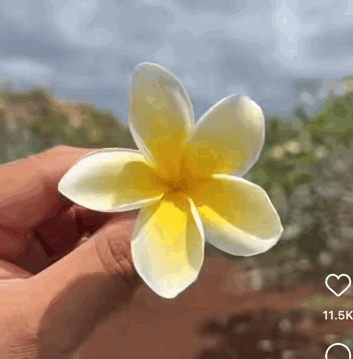

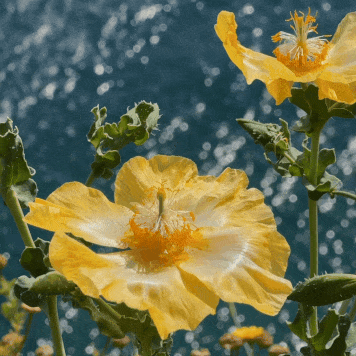

Daisuke (Mouthwashing) with pink and yellow tropical and flower stims!
🌺|🟡|🌺 🟡|🌺|🟡 🌺|🟡|🌺
#weheartstims#mod hearts#stimboard#daisuke#daisuke mouthwashing#mouthwashing#pink#yellow#tropical#flowers#hands#water#coral#coral reef#coral reefs#slime#red
37 notes
·
View notes
Text



A Tip for the Blacktip Reef Shark
One of many species referred to as blacktip sharks, Carcharhinus melanopterus is a member of the requiem shark genus. It is a popular attraction at aquariums around the world, but in the wild they are found only on the coral reefs of the Indian and Pacific ocean, particularly around the coasts of eastern Africa, southern Asia, and Oceania. They prefer shallow, warm waters, although they can be found at depths of up to 75m (246 ft).
The blacktip reef shark is named for the tip of its dorsal fin, which is black. They are otherwise typical of sharks, with a torpedo-shaped body and wide, broad fins. Adults are brownish grey on top and lighter on the bottom, while juveniles are more yellow. Individuals can grow up to 1.8 m (6 ft) long, and there is no difference in size between males and females. However, the two sexes are easily distinguished by a pair of claspers located just beneath the male's pelvic fins.
Throughout their range, C. melanopterus may be encountered alone or in lose social groups, with little discrimination for sex or age. They generally stay in the same area, patrolling a range of less than 0.55 km2 (0.21 sq mi), the smallest of any shark species. They do most of their hunting at night, although they can be active early in the morning or late in the afternoon. Blacktip reef sharks regularly feed on a variety of prey, including fish, squid, octopi, cuttlefish, mantis shrimp, and smaller sharks and rays. However, smaller individuals may themselves fall prey to groupers, grey reef sharks, or tiger sharks. Due to their poor vision, some blacktip reef sharks may attack humans, but only as a case of mistaken identity; when approached directly, individuals are more likely to swim away than fight.
The mating season can vary widely across C. melanopterus' range. Around Oceania, populations mate only once a year between January and February, or November and March. Off the coast of East Africa females only reproduce every other year, and in the Indian Ocean they reproduce twice a year. When they are receptive, females spin in a slow, downward spiral while releasing pheromones to attract a mate. Once he finds her, the pair swim in sync for a period before he initiates mating. Afterwards, the female may gestate for anywhere from 7-11 months, depending on her region. Following this period, she gives birth to 2-5 live young, who are immedietly independent. Males typically take 4 years to reach maturity, while females take 7 years; both sexes can live up to 12 years in the wild.
Conservation status: The blacktip reef shark is listed as Vulnerable by the IUCN. It's primary threats are fishing, as individuals are killed either as by-catch or intentially for their fins, skin, and teeth. They are also threatened by habitat loss.
If you like what I do, consider buying me a ko-fi!
Photos
Tim Calver
Alastair Freeman
Doug Finney
#blacktip reef shark#Carcharhiniformes#Carcharhinidae#requiem sharks#ground sharks#sharks#cartilaginous fish#fish#marine fauna#marine fish#coral reefs#coral reef fish#Indian Ocean#Pacific Ocean#indo-pacific
77 notes
·
View notes
Text









@/deadboystims 300 follower event -> day 11: make a stimboard based on the ocean
x x x / x x x / x x x
73 notes
·
View notes
Text
Unruly bodies and enlightened souls: part 2 (and: Telepathy Tapes thoughts)
I have written about how bodies like mine are discussed by the people with power over how we communicate, and how binary ideas block how nonspeakers can talk about our own lives. Now I will talk about the other side of that binary: the idea that our bodies are all bad, and our minds are all good. Not just good, but brilliant, magical , holy; better than everyone else’s minds, in a few very…
#autism#autonomy#community#coral reefs#disability justice#dissociation#nonspeaking#plural#speller#telepathy tapes
22 notes
·
View notes
Text

Blue-ringed octopus (Hapalochlaena)
The blue-ringed octopus is found mostly coral reefs around Southeast Asia and Australia.
(Image credit: Subaqueosshutterbug/Getty Images)
#subaqueosshutterbug#photographer#getty images#blue-ringedd octopus#hapalochlaena#octopus#marine#coral reefs#southeast asia#australia#nature
64 notes
·
View notes
Note
Moodboard of Crimson Coral Cookie pls!







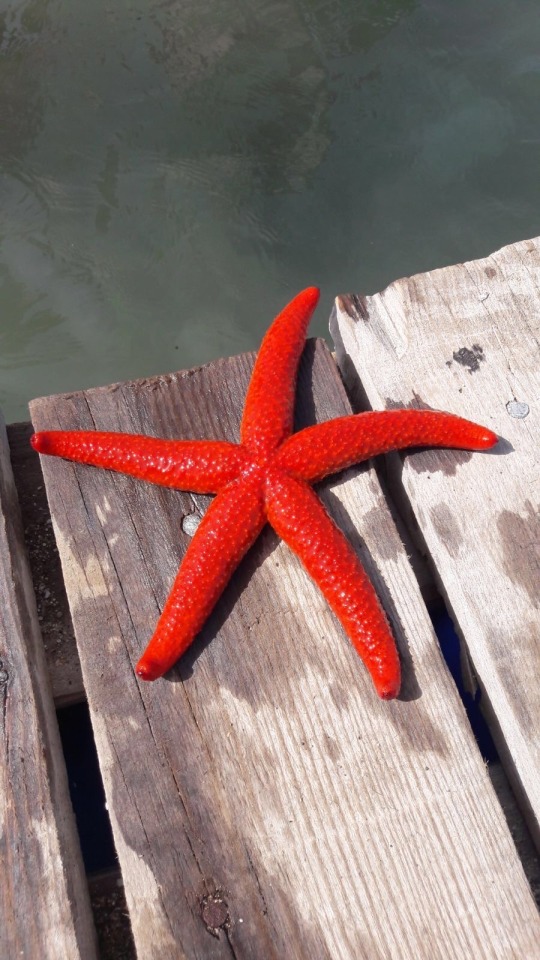

Crimson Coral Cookie (Cookie Run)
#livi’s moodboards#aesthetic#moodboards#moodboard#video games#red#blue#ocean#water#pink#crimson#scarlet#crimson coral cookie#cookie run#cookie run kingdom#Crk#sea#coral reefs#coral#oceancore#sea fan#fan coral#sealife#mermaids#mermaidcore
30 notes
·
View notes